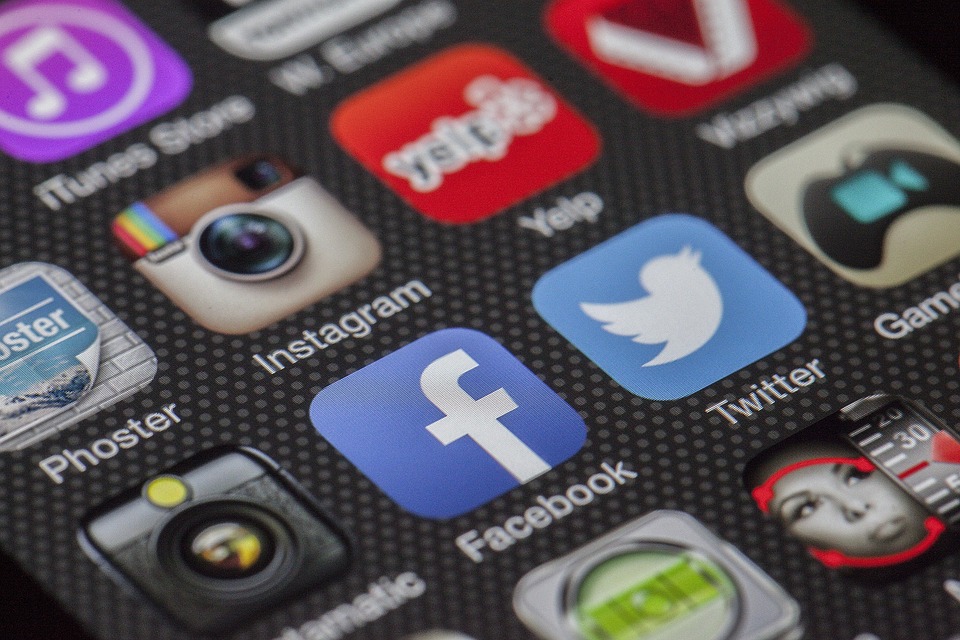The Internet of Things (IoT) has revolutionized various industries, and healthcare is no exception. The integration of IoT devices and technologies in healthcare systems has the potential to improve patient care, increase operational efficiency, and reduce costs. However, along with these benefits come unique challenges that need to be addressed to fully harness the power of IoT in healthcare.
Benefits of IoT in Healthcare
1. Remote Patient Monitoring: IoT devices such as wearable fitness trackers and medical sensors allow healthcare providers to continuously monitor patients’ vital signs and health metrics remotely. This real-time data enables early detection of health issues and timely interventions, ultimately improving patient outcomes.
2. Improved Clinical Workflow: IoT devices can streamline clinical workflows by automating tasks such as patient scheduling, inventory management, and medical equipment maintenance. This frees up healthcare professionals to focus on patient care and reduces the risk of human error.
3. Personalized Healthcare: IoT technology enables the collection and analysis of vast amounts of patient data, leading to personalized treatment plans and interventions. This personalized approach to healthcare can result in better treatment outcomes and patient satisfaction.
Challenges of IoT in Healthcare
1. Data Security and Privacy: With the vast amount of data generated by IoT devices in healthcare, concerns about data security and patient privacy are paramount. Healthcare organizations must implement robust cybersecurity measures to protect patient data from breaches and unauthorized access.
2. Interoperability: The integration of IoT devices from different manufacturers and software systems can be challenging due to interoperability issues. Healthcare providers need to ensure that their IoT devices can communicate effectively with existing systems to avoid data silos and inefficiencies.
3. Regulatory Compliance: Healthcare regulations and standards such as HIPAA impose strict requirements on the collection, storage, and sharing of patient data. Healthcare organizations must ensure that their IoT systems comply with these regulations to avoid legal consequences.
Conclusion
IoT technology has the potential to transform healthcare by improving patient care, increasing efficiency, and reducing costs. However, to fully realize these benefits, healthcare organizations must address the challenges of data security, interoperability, and regulatory compliance. By overcoming these challenges, healthcare providers can harness the power of IoT to enhance patient outcomes and drive innovation in the healthcare industry.
© 2022 TechNiche. All rights reserved.
